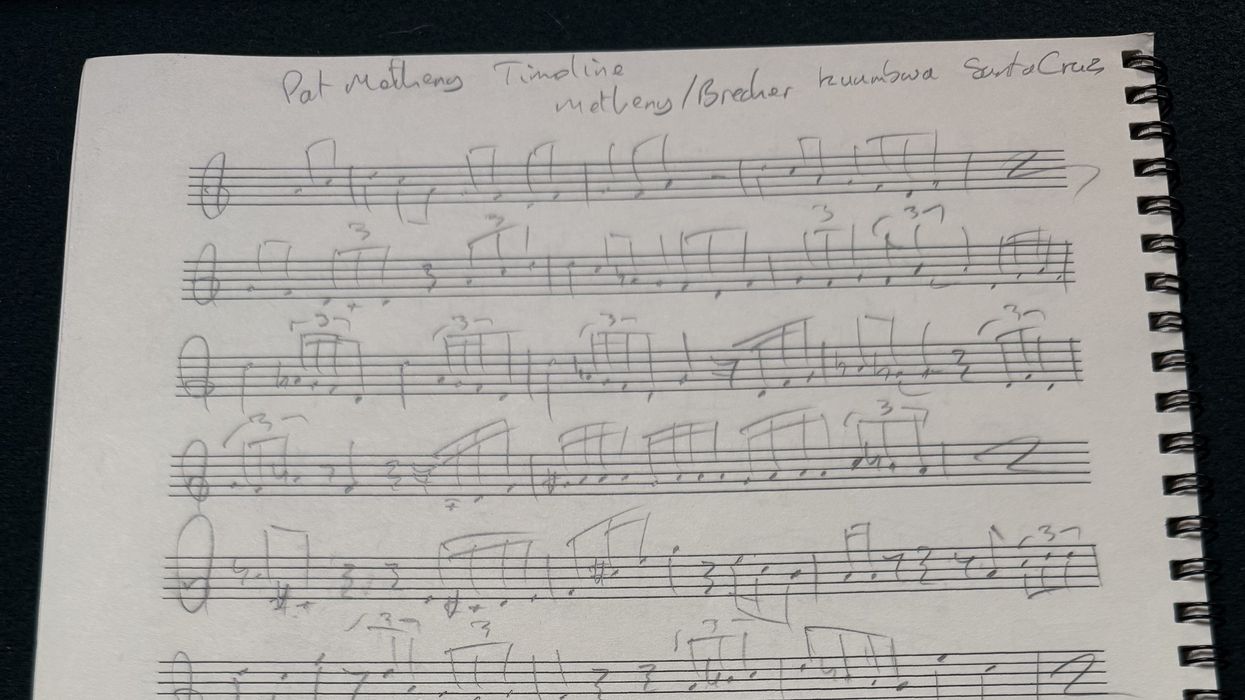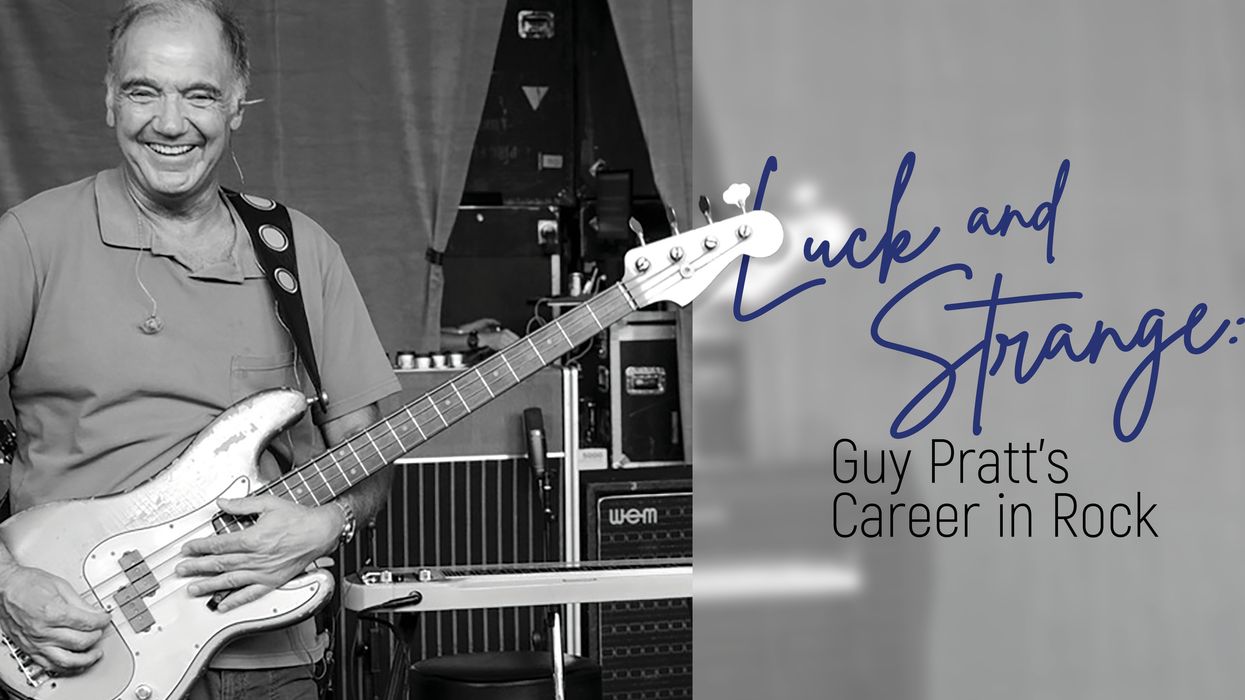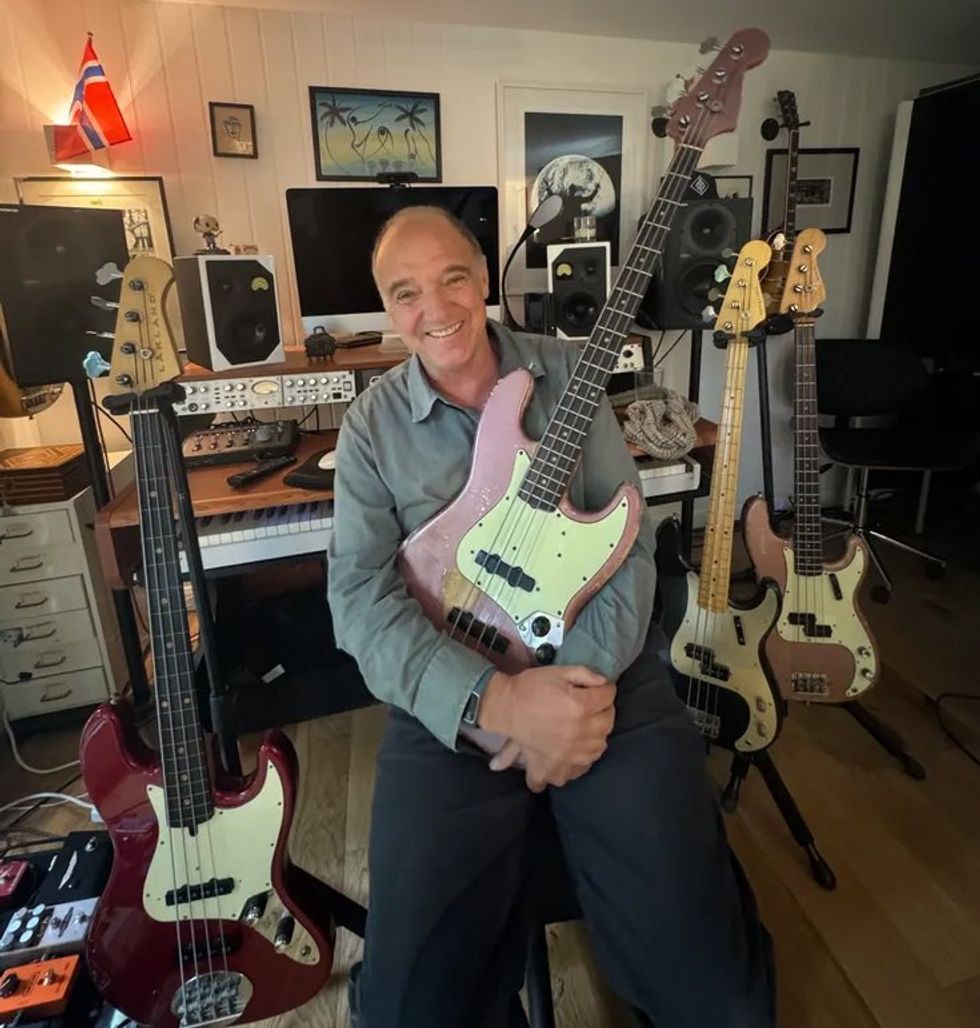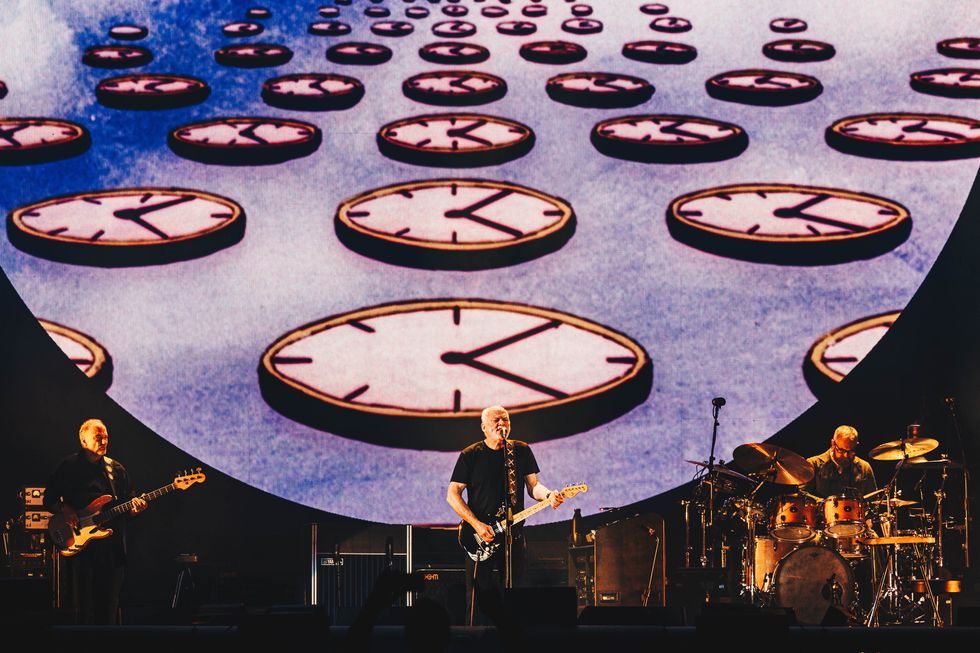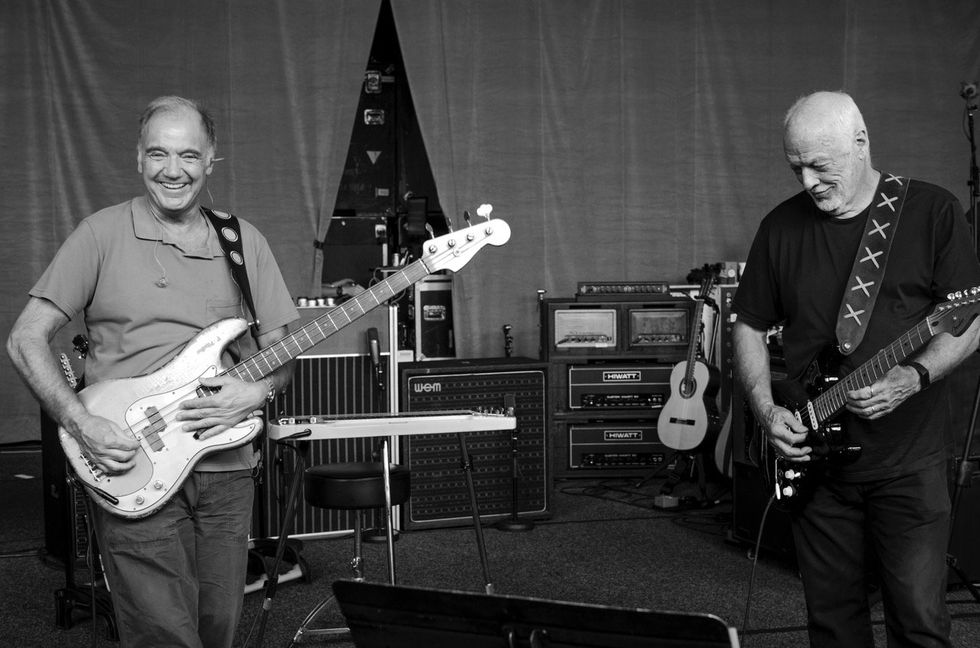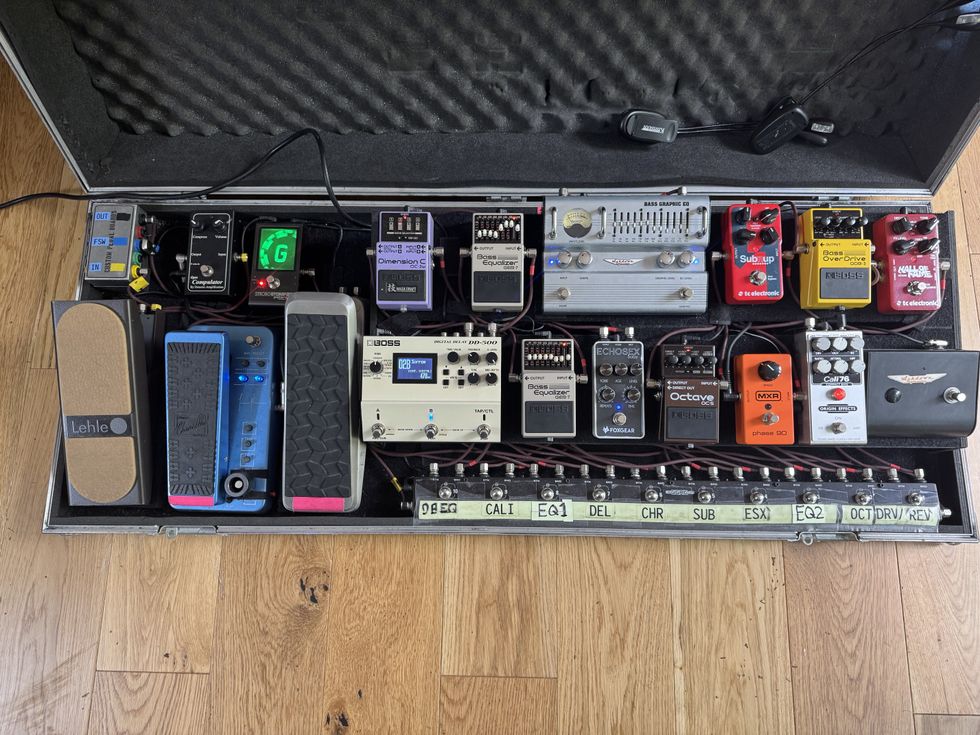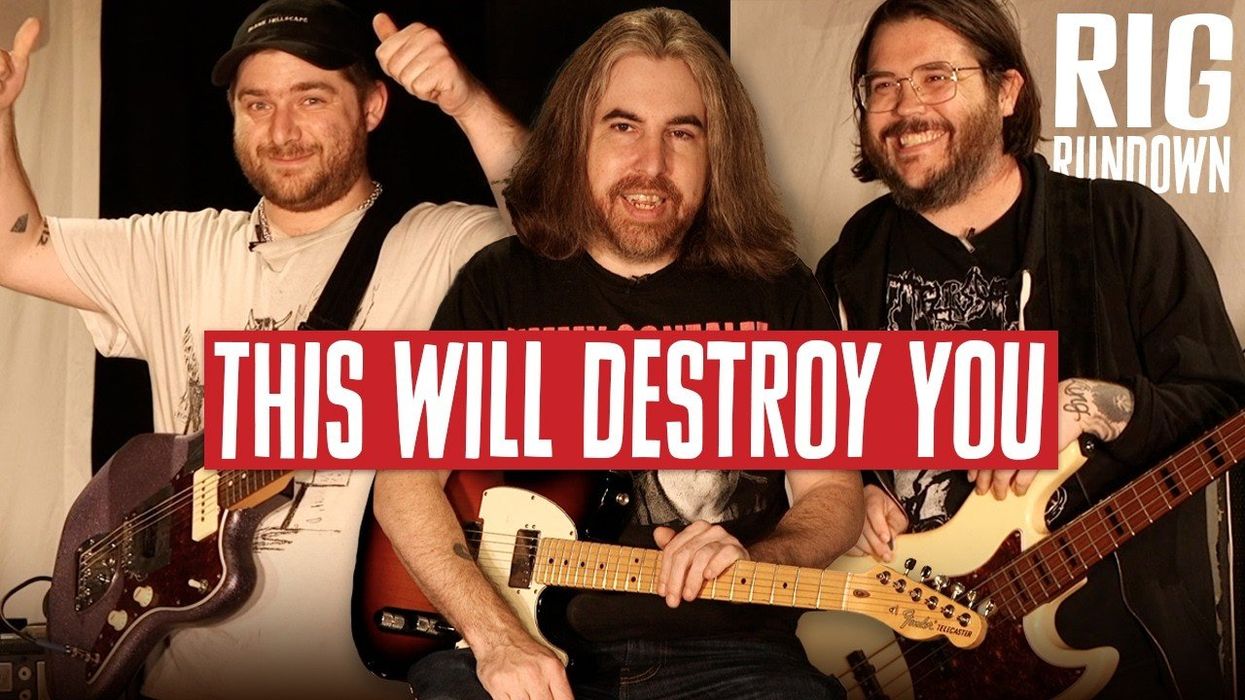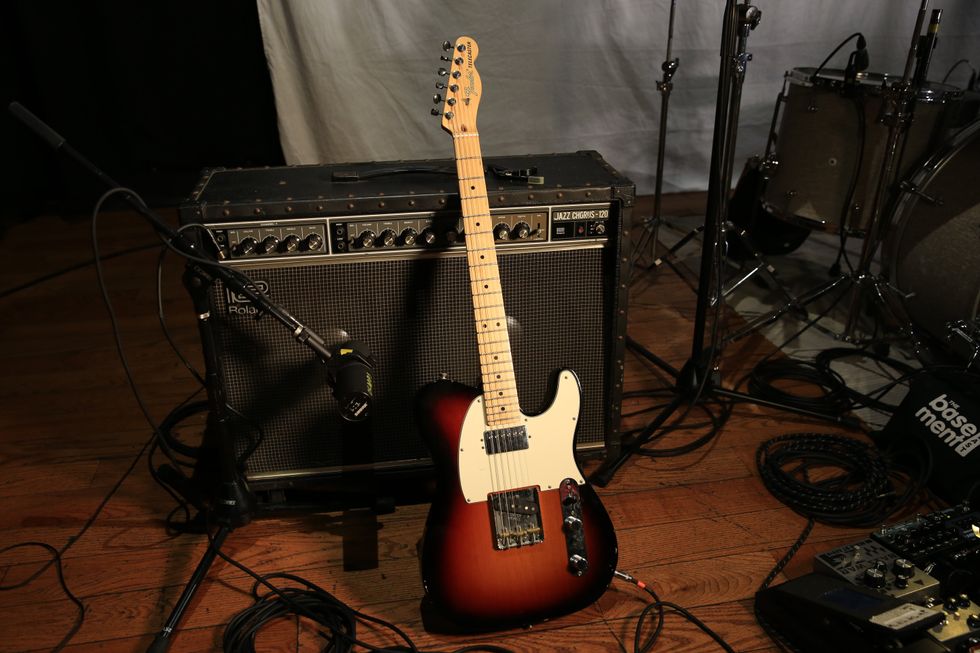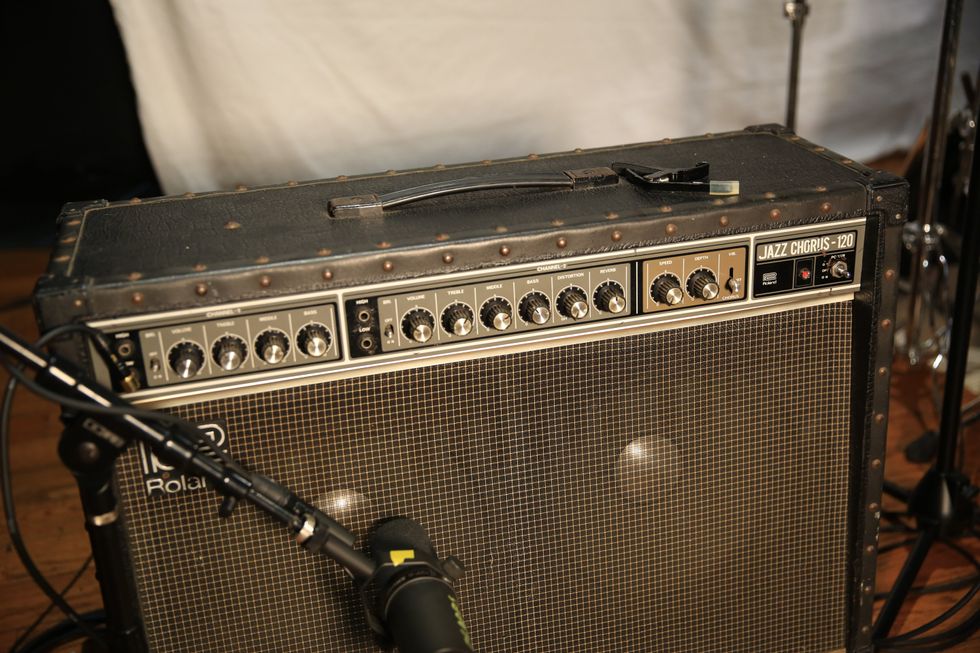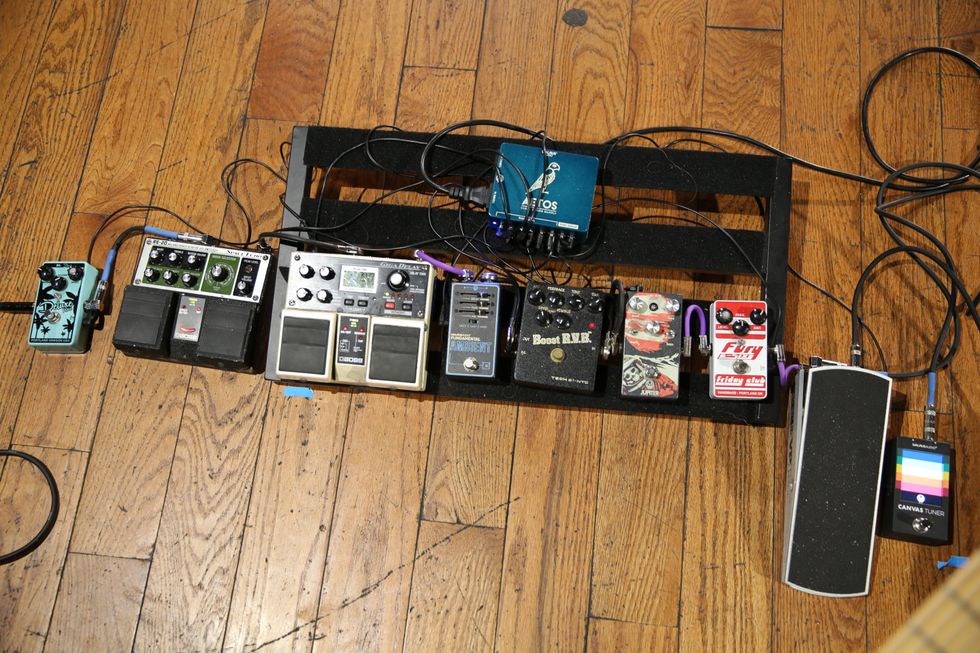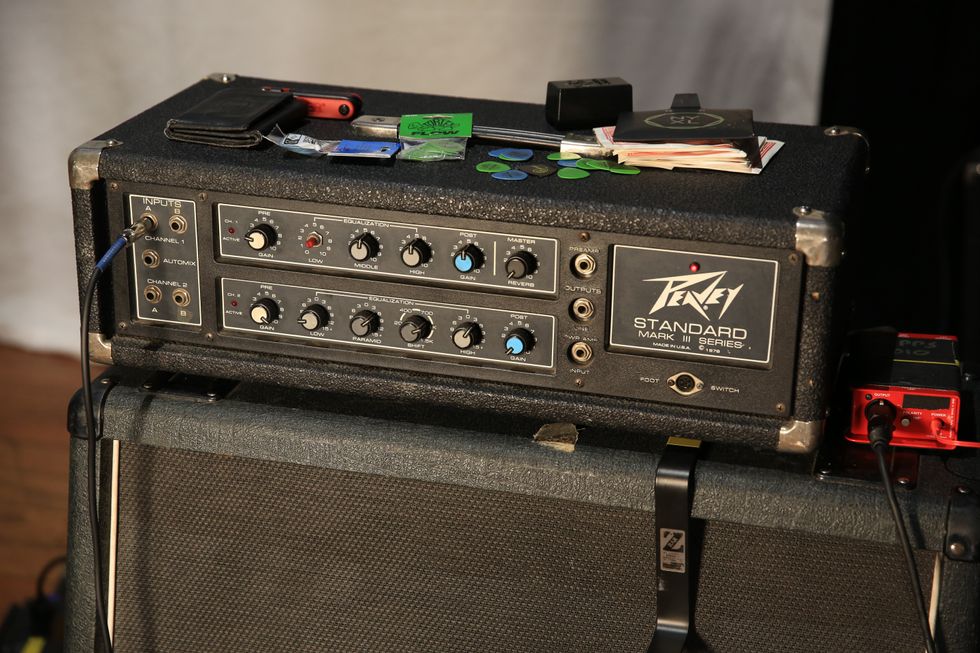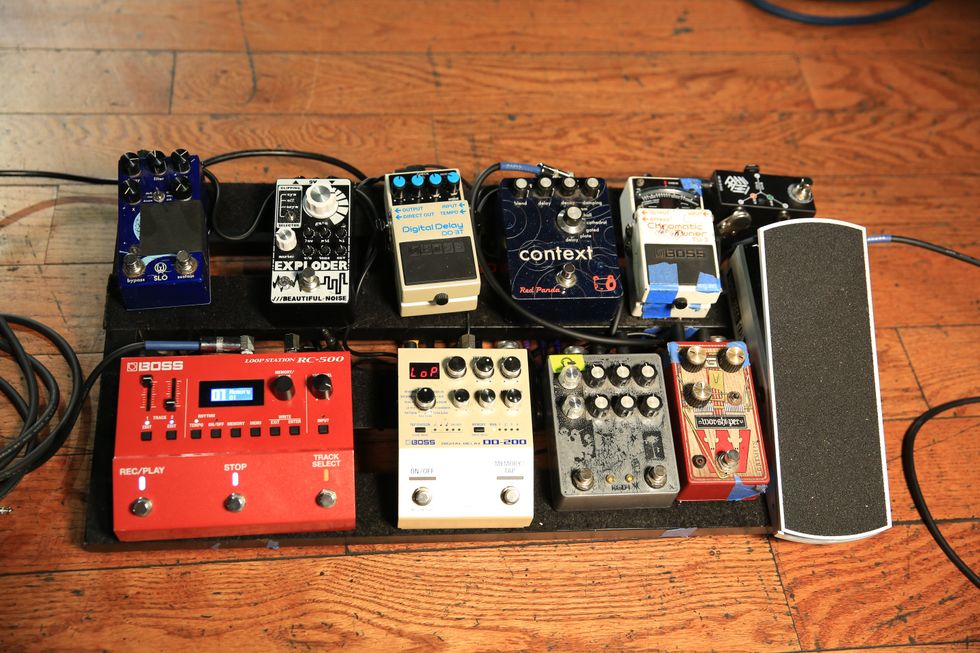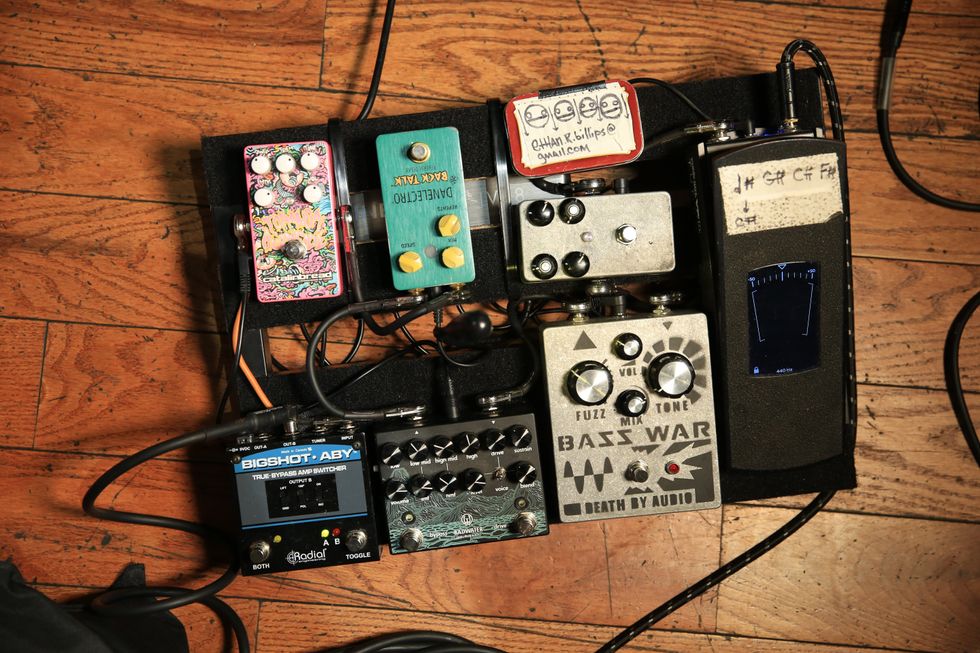Last month we introduced the market concerns from the perspective of the players and collectors involved. This month we dive into some of those issues and concerns.
Thoughts on Purchasing Vintage or Used Basses
The world is small, and the bass community is tight. Thoughts on purchasing were guarded but consistent. Naturally, everyone is more inclined to walk into a shop, try out a bass, and then make a decision to plunk down the cake. Or are they? In years past, this would’ve been the most common answer. More recently, by far the most common response was that folks would buy a bass sight unseen from a well-known community member or a specialized vintage bass dealer with a good reputation. Most forum guys are players, and players know a great bass. The other thing that came to my attention is that forum guys have a bond, and I’ve been told that you rarely, if ever, hear of one forum guy sticking it to another. It does happen, but it’s not as common as you might expect. You’re only as good as your reputation—and it’s very easy to find out who’s good and who’s bad. The other frequent purchasing method is buying from dealers who know basses inside and out. There are dealers who know every screw, and will give a return privilege and a tryout period. The bottom line is that most folks want to buy a bass from someone who knows what they’re selling, and legal recourse and consumer protection in the event of an issue.
Buyers’ Concerns
The aspect of purchasing concerns was critical to a large majority of readers—and the response was overwhelmingly consistent. The “thorn in the side” of buyers is buying from retailers who, quite frankly, don’t know an EBow from their elbow. Folks are getting tired of buying “100% original” basses only to find that this part was wrong, or that part was changed. Folks are also getting very tired of misrepresented items. A real sharp vintage bass guy I know had a Gibson Ripper presented to him by the “specialist” in a big store. Only problem was it was a Grabber with a Ripper truss rod cover that was being marked and sold as a Ripper. When the faux pas was brought to the attention of the store “expert,” the customer (yours truly) was rudely told he didn’t know what he was talking about. It’s items like this that make you nuts.
A subscriber showed me a bass at the Philadelphia trade show that was a refinished ‘60s Precision in a custom color. The only problem was it was “implied” that it was an original bass sold by a retailer—not a music specific dealer—on an electronic auction. I saw all the paperwork, the listing, the item and the pending lawsuit, which was settled immediately. I am hearing loads of stories about players getting shafted by incorrectly described, fraudulent or “optimistic” descriptions on electronically auctioned items. A dealer buddy of mine bought a Gibson guitar at auction only to have an Epiphone show up. With an auction site it seems easy to determine the good sellers. The problem is that, sometimes, good sellers don’t know any better, or attempt to play dumb, or try to pass the “hot potato.” The Gibson and P-Bass referenced above were both from good sellers. Electronic classified sites seem to have the same problems, but more frequently. As one reader put it, “it’s like having Frankenstein show up as your mail order bride.” Bottom line, pay with your credit card and make sure it offers you protection, just in case.
Short Term Future
I asked what purchases folks were planning to make between Thanksgiving and Tax Time. Most are looking for the under $3500 nugget. Items mentioned were various ‘70s basses, boutique basses, good generic player basses, amps and recording gear. When asked what they thought the vintage market would do, about one-third said it was going into the toilet. I think this is highly unlikely. About one-third thought the market would muddle through at or around the present price point. I think this scenario is very likely. The last one-third thought the market could explode upwards if the economy tanks. This is because folks want something to hold onto instead of depreciating paper. Both scenarios have happened in past bad economic cycles.
The Lowdown Wrap-up
In the summer of 2008, I ran a series on market projections from a dealer perspective. I received more emails than I could have imagined. This series was a result of questions and comments from you. What do I think? Let’s put it this way: my business practices became very conservative. Do I think the vintage market will tank? No. I do think prices will level off and hover. I think the days of twenty percent escalation per year are over, either for a long while or permanently. I think the under $5000 price point will remain unscathed, provided the gear is quality and appropriately priced. Most importantly, the Arlington Guitar Show was nicely attended; there was plenty of business to take care of. Even more important, the Fall Philly Show was just total kick-ass. It was heavily (and I mean heavily) attended. Folks bought, sold and traded across all price points. Dealer to dealer activity was heavy. This is all very positive. Bottom line: I am optimistic. Until next time, drop the gig bag and bring the cannolis!
Kevin Borden
Kevin Borden has been a bass player since 1975, and is currently President of Goodguysguitars.com.
Feel free to call him KeBo.
He can be reached at Kebobass@yahoo.com






![Rig Rundown: AFI [2025]](https://www.premierguitar.com/media-library/youtube.jpg?id=62064741&width=1245&height=700&quality=70&coordinates=0%2C0%2C0%2C0)












 Shop Scott's Rig
Shop Scott's Rig





